Isabelle Spence, MT-BC
Kyoung Ryul Lee, MD, PhD, CEO of the SCL Group, Seoul Clinical Laboratory, a Specialist in Laboratory Medicine
Kyoung Ryul Lee, MD, PhD, CEO of the SCL Group, Seoul Clinical Laboratory, a Specialist in Laboratory Medicine What motivated your decision to attend medical school and become a physician? Could you share some particularly
ISSUE 28
FROM THE PUBLISHER W elcome to the 28th edition of the World Asian Medical Journal. This issue encompasses a captivating cover story featuring an interview with Dr. Huang, a distinguished medical professional whose journey from
Youngmee Jee, MD, PhD | Inspirational Asian Healthcare Leader
INSPIRATIONAL ASIAN HEALTHCARE LEADER Youngmee Jee, MD, PhD Commissioner of Korea Disease Control and Prevention Agency INTERVIEW 01 Tell us how you decided to pursue a career in medicine. How did you choose your specialty?
Rethinking Hypothyroidism
Rethinking Hypothyroidism: Why Treatment Must Change and What Patients Can Do Author: Antonio C. Bianco, MD Translated by: Semin Kim, MD & Sihoon Lee, MD About the book “Rethinking Hypothyroidism” The limitations of current
The Internet of Things (Revision 2021)
Purchase LinkThe Internet of Things (Revision 2021) Author: Sam Greengard We turn on the lights in our house from a desk in an office miles away. Our refrigerator alerts us to buy milk on the
Superconvergence
Purchase LinkSuperconvergence Author: Jamie Metzl In Superconvergence, leading futurist and OneShared World founder Jamie Metzl explores how artificial intelligence, genome sequencing, gene editing, and other revolutionary technologies are transforming our lives, world, and future. These
The Strategic Importance of Location in the U.S. for Foreign Bio and Pharma Companies
The Strategic Importance of Location in the U.S. for Foreign Bio and Pharma Companies DoHyun Cho, PhD (CEO, W Medical Strategy Group) The U.S. Market: A Cornerstone of Global Expansion For pharmaceutical and biotech companies,
South Korea’s Healthcare Crisis: Beyond the Numbers
South Korea’s Healthcare Crisis: Beyond the Numbers Dongju Shin, Dong-Jin Shin INTRODUCTION The South Korean healthcare system has recently plunged into a significant crisis following a February 2024 announcement by the government to increase medical
Overcoming Disparities in Gastric Cancer Care
Overcoming Disparities in Gastric Cancer Care Chul S. Hyun, MD, PhD, MPH Gastric Cancer and Prevention Screening Program, Yale School of Medicine, New Haven, CT Gastric cancer is the fifth most common cancer worldwide,
The Global OR – An Introduction to Global Surgery
The Global OR – An Introduction to Global Surgery Kee B. Park, MD, MPH, Dawn Poh, MBBS, MRes Introduction An estimated 5 billion people worldwide lack access to timely, affordable, and safe surgical care, including




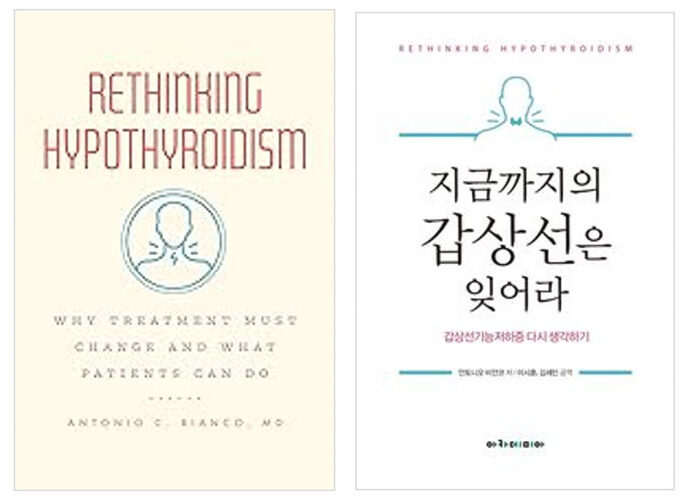
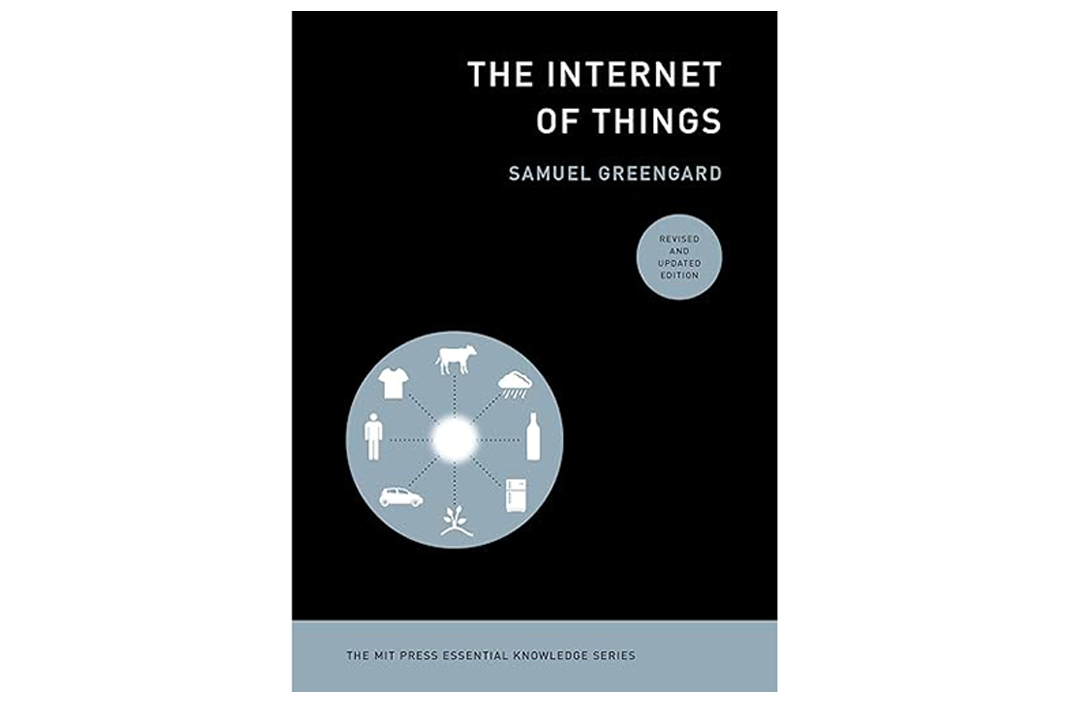
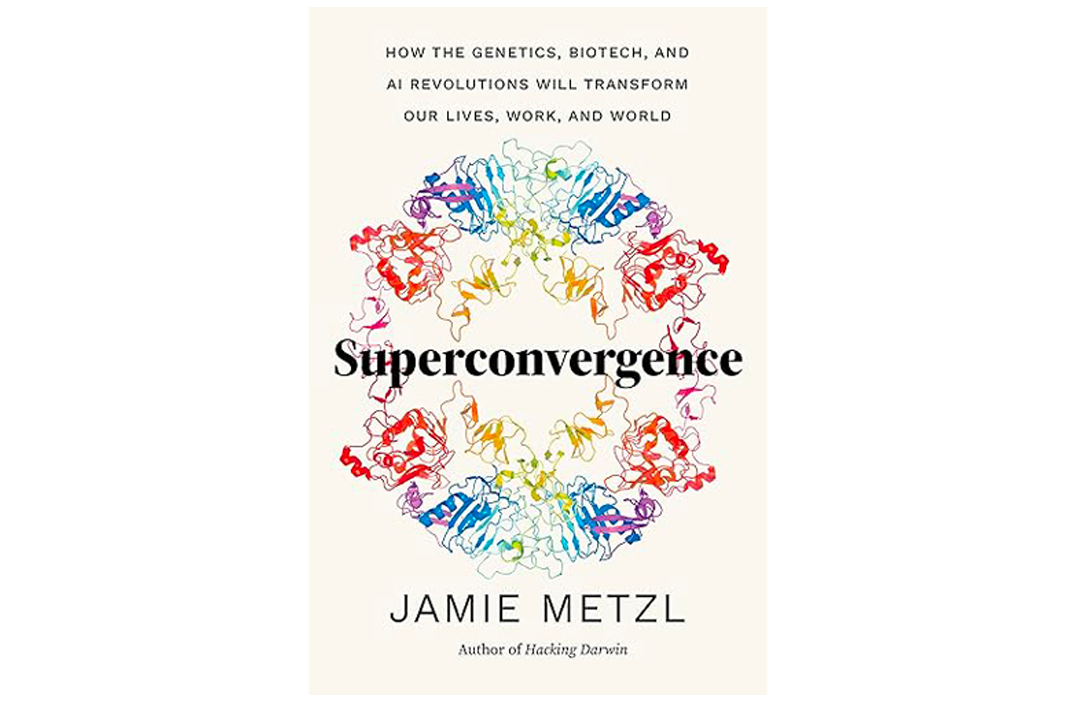


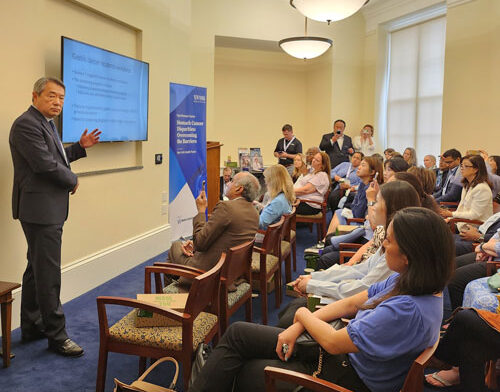

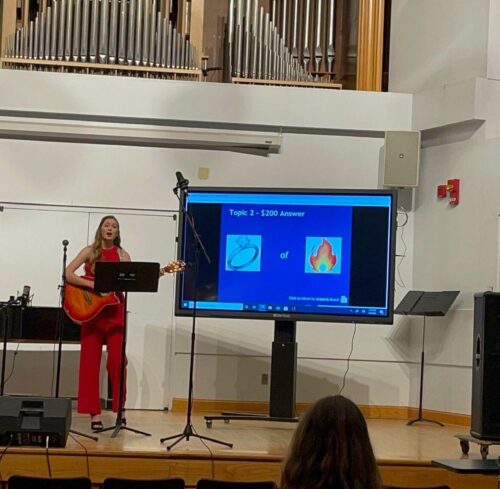 Music therapy is a clinical and evidence-based practice facilitated by a board-certified music therapist that utilizes music as the medium to affect change and improve the patient’s overall well-being through addressing need areas in cognitive, emotional, physical, social, motor, sensory, communication, and other domains. This can look vastly different depending on the patient’s needs and settings. Music therapists serve a multitude of settings including but not limited to, home health, hospitals (in-patient and out-patient), private practice, assisted-living facilities, hospice/palliative care facilities, schools, incarceration centers, day programs, and more. In order to become a music therapist, one must hold a bachelor’s degree (or higher) in music therapy from an accredited and approved college or university program. After the 4-year coursework program, all student music therapists must complete 1200 hours of clinical training including a supervised internship before degree completion. Upon completion of a bachelor’s degree or higher, music therapists must sit for the national board certification exam to obtain the credential MT-BC (Music Therapist – Board Certified) which is necessary to professional and ethical practice (American Music Therapy Association, 2025). The profession has two main regulatory organizations, American Music Therapy Association (AMTA) and Certification Board for Music Therapists (CBMT) which ensure quality services and ethical practice. In addition to the national board certification, some states also have title protections, state recognition requirements, and/or state licensure requirements. Just like any other healthcare profession, there is potential for harm by an unlicensed, non-certified practitioner, so referring to a board-certified therapist is essential.
Music therapy is a clinical and evidence-based practice facilitated by a board-certified music therapist that utilizes music as the medium to affect change and improve the patient’s overall well-being through addressing need areas in cognitive, emotional, physical, social, motor, sensory, communication, and other domains. This can look vastly different depending on the patient’s needs and settings. Music therapists serve a multitude of settings including but not limited to, home health, hospitals (in-patient and out-patient), private practice, assisted-living facilities, hospice/palliative care facilities, schools, incarceration centers, day programs, and more. In order to become a music therapist, one must hold a bachelor’s degree (or higher) in music therapy from an accredited and approved college or university program. After the 4-year coursework program, all student music therapists must complete 1200 hours of clinical training including a supervised internship before degree completion. Upon completion of a bachelor’s degree or higher, music therapists must sit for the national board certification exam to obtain the credential MT-BC (Music Therapist – Board Certified) which is necessary to professional and ethical practice (American Music Therapy Association, 2025). The profession has two main regulatory organizations, American Music Therapy Association (AMTA) and Certification Board for Music Therapists (CBMT) which ensure quality services and ethical practice. In addition to the national board certification, some states also have title protections, state recognition requirements, and/or state licensure requirements. Just like any other healthcare profession, there is potential for harm by an unlicensed, non-certified practitioner, so referring to a board-certified therapist is essential.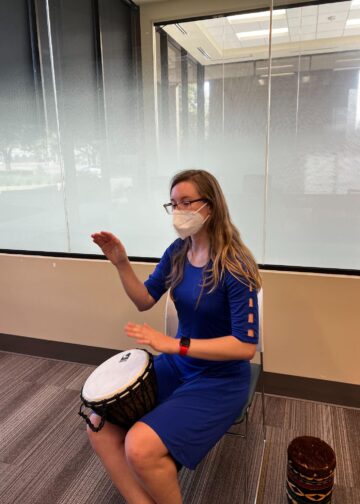 Another critical area that music therapy benefits the healthcare system is in patient satisfaction. Patients who receive music therapy rate their satisfaction an average of 3.4 points higher than patients who don’t receive music therapy (Gooding, 2014). For more specific information on cost-benefits, treatments, and outcomes in more settings with multiple populations, music therapy research articles can be accessed through PubMED, Journal of Music Therapy, Music Therapy Perspectives, and other peer-reviewed journals.
Another critical area that music therapy benefits the healthcare system is in patient satisfaction. Patients who receive music therapy rate their satisfaction an average of 3.4 points higher than patients who don’t receive music therapy (Gooding, 2014). For more specific information on cost-benefits, treatments, and outcomes in more settings with multiple populations, music therapy research articles can be accessed through PubMED, Journal of Music Therapy, Music Therapy Perspectives, and other peer-reviewed journals.